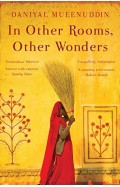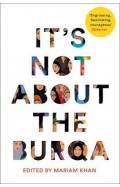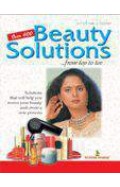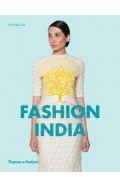- Home
- Books
- Categories
- Non Fiction
- Art. Design and Architecture
- Rapunzel's Daughters: What Women's Hair Tells Us About Women's Lives
Rapunzel's Daughters: What Women's Hair Tells Us About Women's Lives
By: Rose Weitz
-
Rs 420.75
- Rs 495.00
- 15%
You save Rs 74.25.
Due to constant currency fluctuation, prices are subject to change with or without notice.
Hair is one of the first things other people notice about us--and is one of the primary ways we declare our identity to others. Both in our personal relationships and in relationships with the larger world, hair sends an immediate signal that conveys messages about our gender, age, social class, and more.
In Rapunzel's Daughters, Rose Weitz first surveys the history of women's hair, from the covered hair of the Middle Ages to the two-foot-high, wildly ornamented styles of pre-Revolutionary France to the purple dyes worn by some modern teens. In the remainder of the book, Weitz, a prominent sociologist, explores--through interviews with dozens of girls and women across the country--what hair means today, both to young girls and to women; what part it plays in adolescent (and adult) struggles with identity; how it can create conflicts in the workplace; and how women face the changes in their hair that illness and aging can bring. Rapunzel's Daughters is a work of deep scholarship as well as an eye-opening and personal look at a surprisingly complex-and fascinating-subject.
| Book | |
| What's in the Box? | 1 x Rapunzel's Daughters: What Women's Hair Tells Us About Women's Lives |
Hair is one of the first things other people notice about us--and is one of the primary ways we declare our identity to others. Both in our personal relationships and in relationships with the larger world, hair sends an immediate signal that conveys messages about our gender, age, social class, and more.
In Rapunzel's Daughters, Rose Weitz first surveys the history of women's hair, from the covered hair of the Middle Ages to the two-foot-high, wildly ornamented styles of pre-Revolutionary France to the purple dyes worn by some modern teens. In the remainder of the book, Weitz, a prominent sociologist, explores--through interviews with dozens of girls and women across the country--what hair means today, both to young girls and to women; what part it plays in adolescent (and adult) struggles with identity; how it can create conflicts in the workplace; and how women face the changes in their hair that illness and aging can bring. Rapunzel's Daughters is a work of deep scholarship as well as an eye-opening and personal look at a surprisingly complex-and fascinating-subject.
Rapunzel's Daughters: What Women's Hair Tells Us About Women's Lives
By: Rose Weitz
Rs 420.75 Rs 495.00 Ex Tax :Rs 420.75
Zubin Mehta: A Musical Journey (An Authorized Biography)
By: VOID - Bakhtiar K. Dadabhoy
Rs 892.50 Rs 1,050.00 Ex Tax :Rs 892.50
Love In Chakiwara And Other Misadventures
By: Muhammad Khalid Akhtar
Rs 1,015.75 Rs 1,195.00 Ex Tax :Rs 1,015.75
The Printed Square: Vintage Handkerchief Patterns for Fashion and Design
By: Nicky Albrechtsen
Rs 5,095.75 Rs 5,995.00 Ex Tax :Rs 5,095.75
Fashion Spectacles, Spectacular Fashion: Eyewear Styles and Shapes from Vintage to 2020
By: Simon Murray
Rs 3,497.50 Rs 6,995.00 Ex Tax :Rs 3,497.50
The Village: 400 Years of Beats and Bohemians, Radicals and Rogues, a History of Greenwich Village
By: John Strausbaugh
Rs 2,120.75 Rs 2,495.00 Ex Tax :Rs 2,120.75
Front of House Paperback – March 31, 2005
By: Nikki Blustin
Rs 1,150.40 Rs 2,876.00 Ex Tax :Rs 1,150.40
Love In Chakiwara And Other Misadventures
By: Muhammad Khalid Akhtar
Rs 1,015.75 Rs 1,195.00 Ex Tax :Rs 1,015.75
Pakistan Maritime Tourism
By: DR S M Shahzad SI M Commodore
Rs 10,800.00 Rs 12,000.00 Ex Tax :Rs 10,800.00
Zubin Mehta: A Musical Journey (An Authorized Biography)
By: VOID - Bakhtiar K. Dadabhoy
Rs 892.50 Rs 1,050.00 Ex Tax :Rs 892.50
Rapunzel's Daughters: What Women's Hair Tells Us About Women's Lives
By: Rose Weitz
Rs 420.75 Rs 495.00 Ex Tax :Rs 420.75
Love In Chakiwara And Other Misadventures
By: Muhammad Khalid Akhtar
Rs 1,015.75 Rs 1,195.00 Ex Tax :Rs 1,015.75












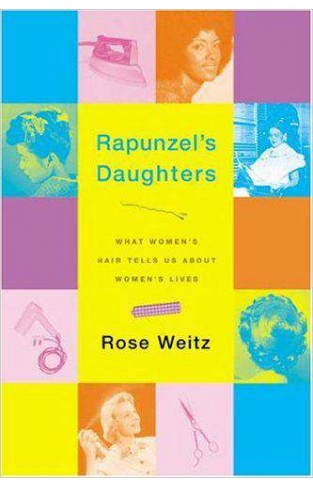

-120x187.jpg?q6)







